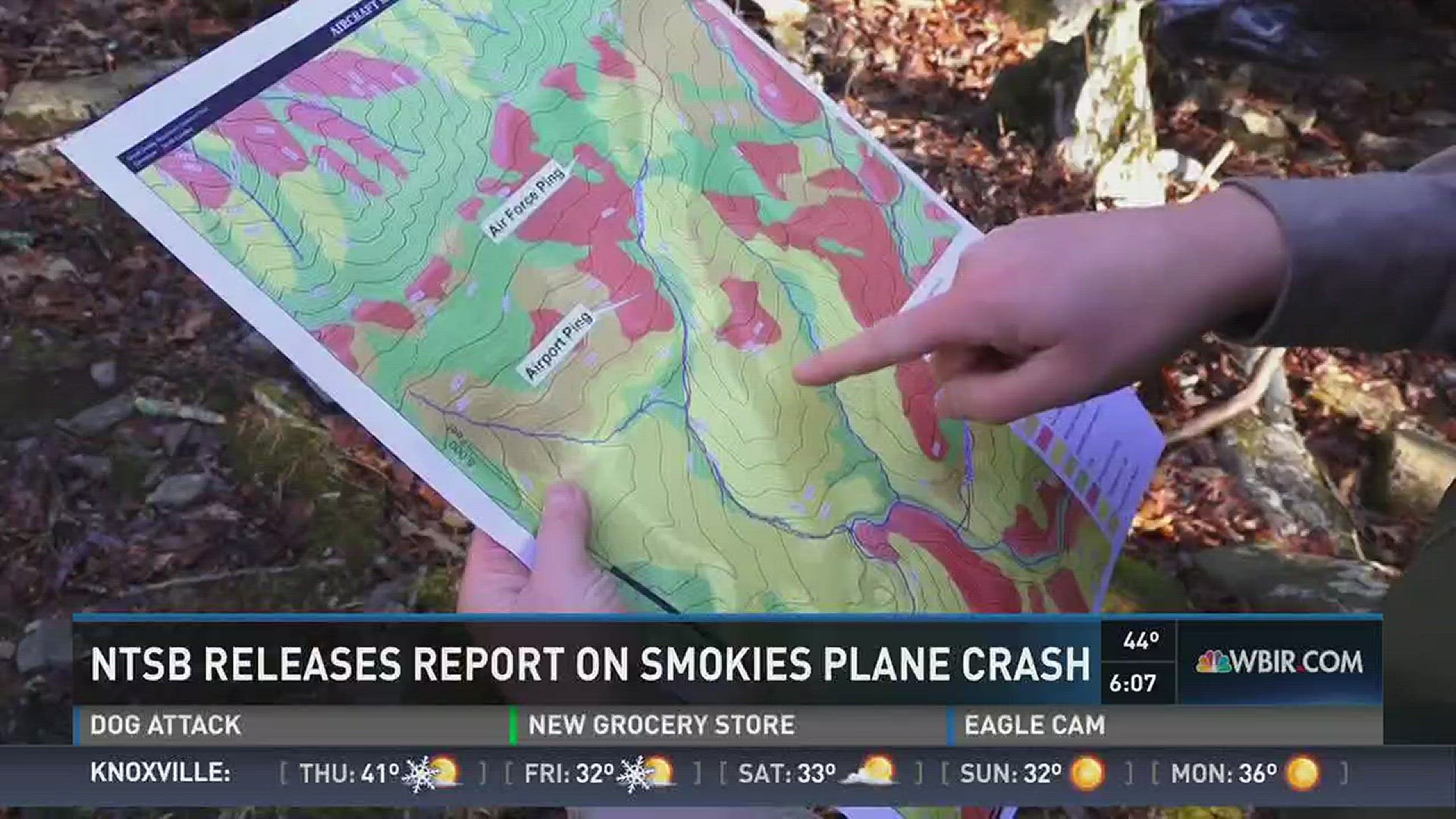The pilot of a small plane that crashed in the Great Smoky Mountains last month descended rapidly just before disappearing from radar, according to a new preliminary report released by the National Transportation Safety Board (NTSB).
The Cessna 182, piloted by David Starling of Lawtey, FL., crashed just after 4 p.m. on Dec. 26. Starling, his 8-year-old son Hunter and Kim Smith were killed.
The wreckage was discovered about 15 miles from the Gatlinburg-Pigeon Forge Airport on a remote, unnamed ridge in the park. It was located by helicopter the next day.
According to the NTSB report, the aircraft left Keystone Heights, Florida around 1 p.m.
At 3:48, the plane was 20 miles from the Gatlinburg-Pigeon Forge airport, descending below 8000 feet. Four minutes later, radar shows the plane was at 5,400 feet and near the peak of Mt. LeConte, which stands at about 6,500 feet.
Satellite imagery shows cloud tops at 6,000-7,000 feet on the day of the crash. Park officials say conditions were foggy and rainy.
Visibility conditions dictated that pilots should have been flying by their instruments. The FAA believes the plane was receiving visual flight cues just before the crash.
Search teams reached the site after a three hour off-trail hike in the days after the crash to remove the victims.
The wreckage was examined at the site by an FAA investigator.
“All major components of the airplane were accounted for at the scene; however, because of the hazardous conditions at the site, a brief photo-documentation of the wreckage was performed before it was recovered by helicopter for a detailed examination at a later date,” the report reads.
Starling had at least 272 hours of flight experience, 219 of which were in the downed plane.
It had not been inspected within the last year, according to the NTSB report.
Visibility conditions dictated that pilots should have been flying by their instruments. The FAA believes the plane was receiving visual flight cues just before the crash.

